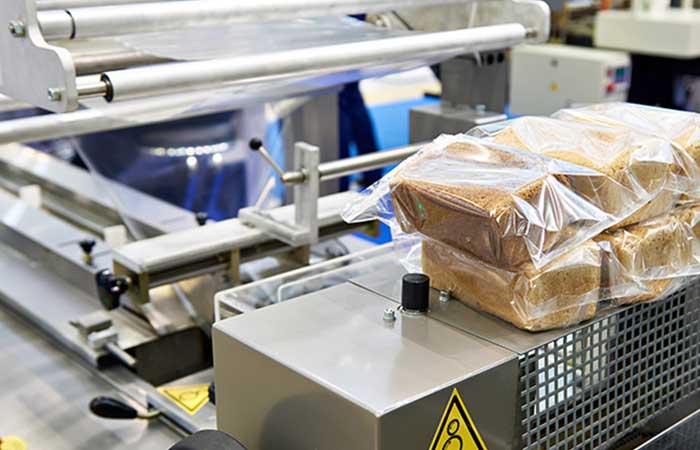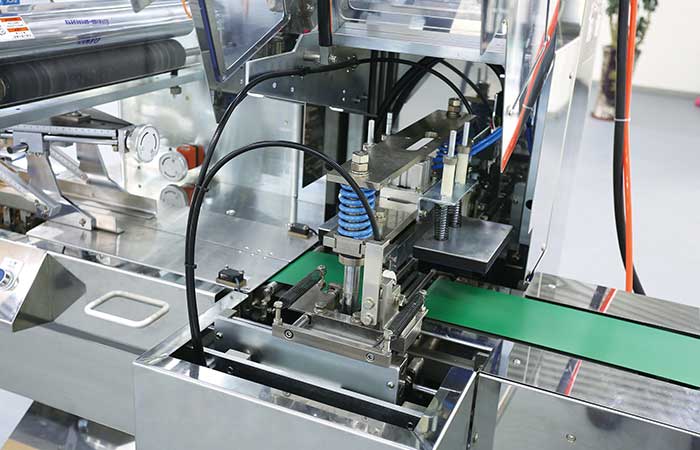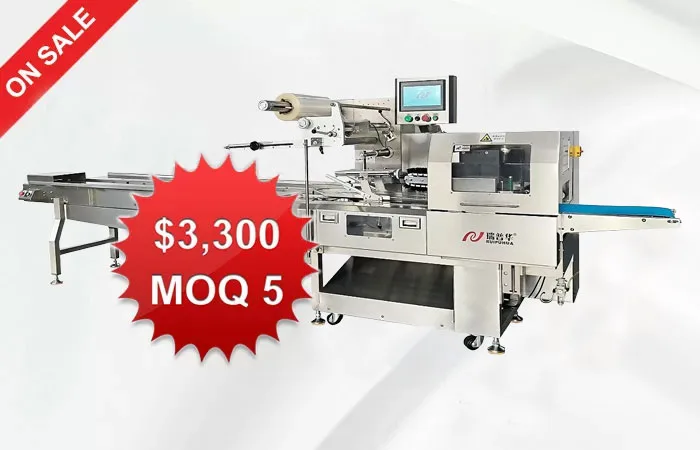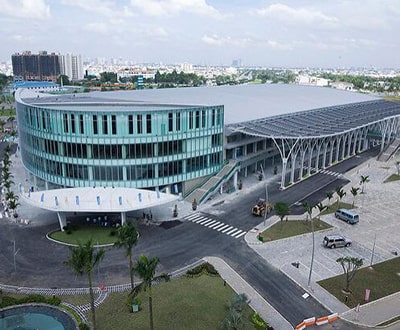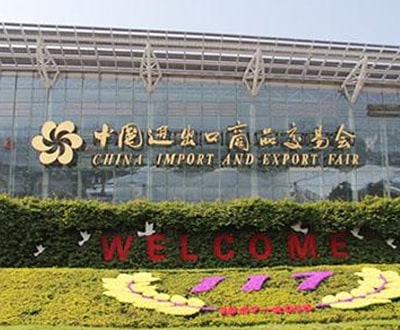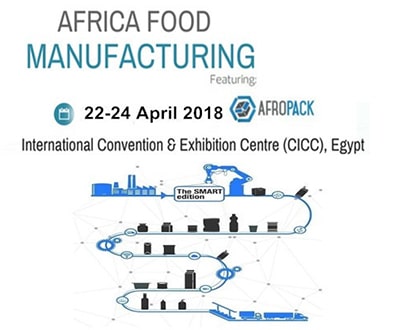The Art of Sustainable Packaging: A Comprehensive Guide
The Art of Sustainable Packaging: A Comprehensive Guide
In today’s world, where environmental consciousness is on the rise, the importance of sustainable packaging cannot be overstated. Businesses are increasingly looking for ways to reduce their carbon footprint and adopt eco-friendly practices in their operations. Sustainable packaging not only benefits the planet but also adds value to the brand by appealing to consumers who prioritize sustainability.
When it comes to sustainable packaging, there are various aspects to consider. From materials and design to production methods and end-of-life solutions, every step in the packaging process plays a significant role in reducing environmental impact. In this blog post, we will delve into the art of sustainable packaging and provide you with a comprehensive guide on how to make your packaging eco-friendly.
One of the key considerations in sustainable packaging is the choice of materials. Biodegradable, recyclable, and compostable materials are gaining popularity as alternatives to traditional plastic packaging. Companies are experimenting with innovative materials such as mushroom packaging, seaweed-based packaging, and plant-based plastics to create packaging solutions that are both functional and environmentally friendly.
In addition to materials, the design of the packaging also plays a crucial role in sustainability. Efficient design can reduce the amount of material needed for packaging, minimize waste, and optimize shipping and storage space. By incorporating principles of circular design and zero-waste packaging, businesses can create packaging solutions that are not only eco-friendly but also cost-effective.
Furthermore, the production process of packaging can have a significant impact on its sustainability. Energy-efficient manufacturing, use of renewable energy sources, and waste reduction strategies are key elements in creating sustainable packaging. Companies are exploring new technologies such as 3D printing and digital printing to optimize production processes and minimize environmental impact.
When it comes to the end of life of packaging, recycling and composting are essential components of a sustainable packaging system. Companies are working towards creating closed-loop systems where packaging materials can be recycled or composted to create new products, thus reducing the need for virgin materials and minimizing waste sent to landfills.
In conclusion, sustainable packaging is not just a trend but a necessity in today’s world. By adopting eco-friendly practices in packaging design, materials selection, production processes, and end-of-life solutions, businesses can contribute to a cleaner, greener future. The art of sustainable packaging lies in finding the balance between functionality, aesthetics, and environmental responsibility, and by following the principles outlined in this guide, you can make a positive impact on the planet while adding value to your brand.
-
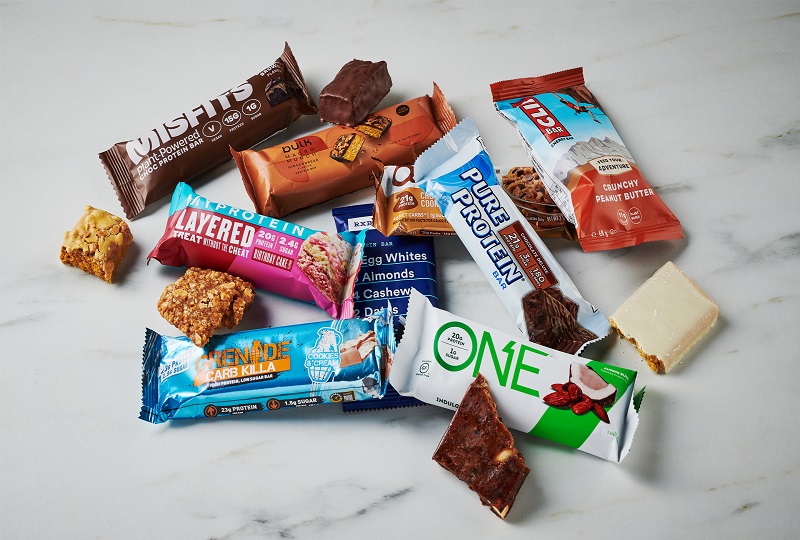 01
01Further Discussion About Protein Bar Packing Machinery
27-02-2024 -
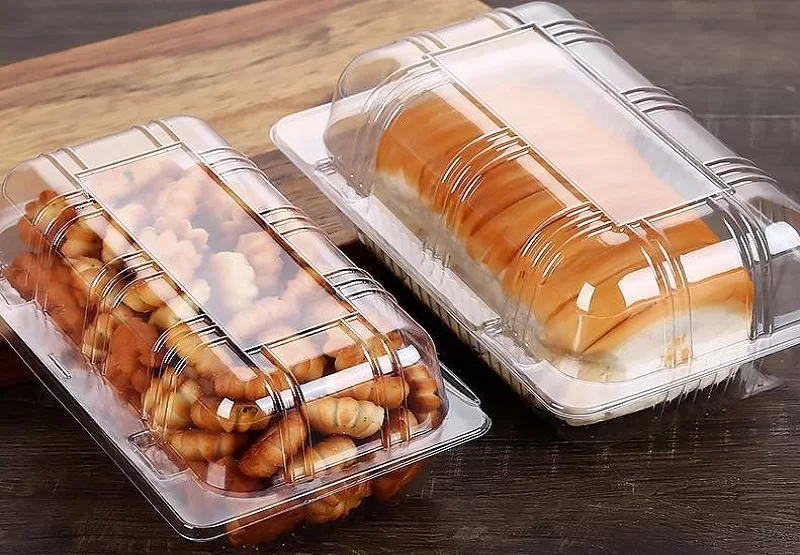 02
02Sustain The Best Crispy With Automatic Packaging Machines
29-01-2024 -
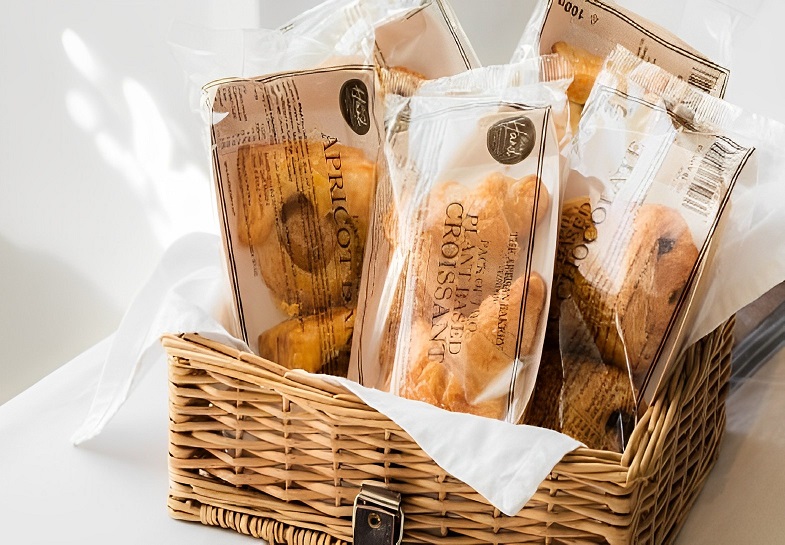 03
03Bread Packing Machine For Bakery Business
19-01-2024 -
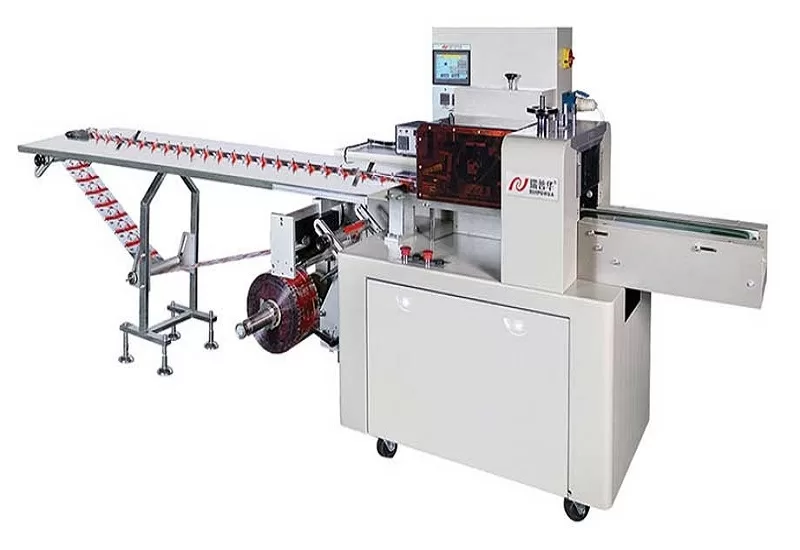 04
04How Flow Wrappers Are Adapting to Changing Trends
01-11-2023 -
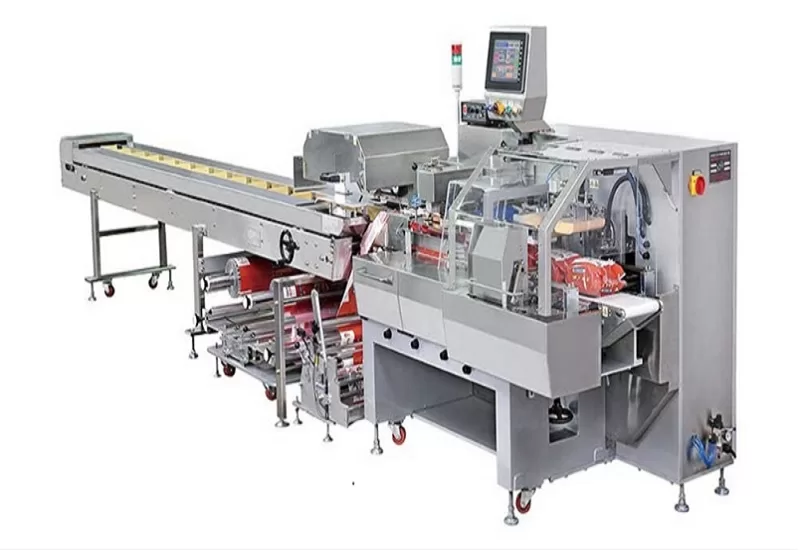 05
05The Comprehensive Guide to Packaging Machinery
31-10-2023 -
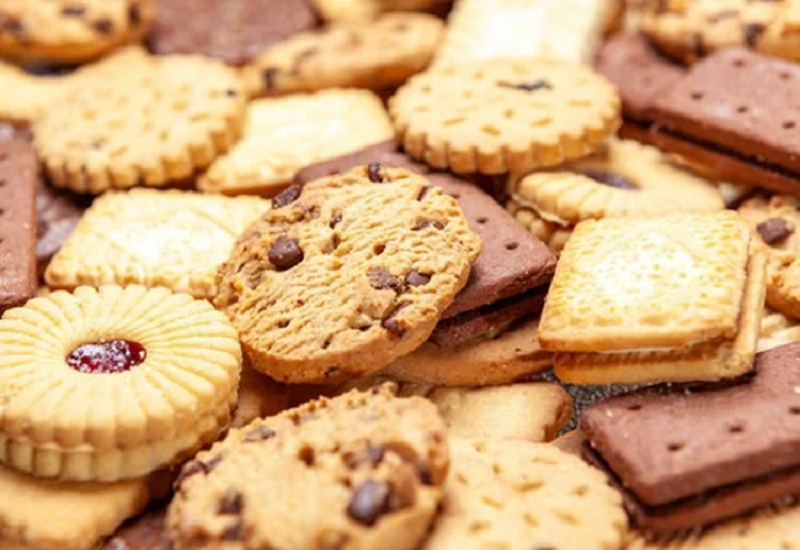 06
06Automatic Cookie Packaging System Performance
01-09-2023 -
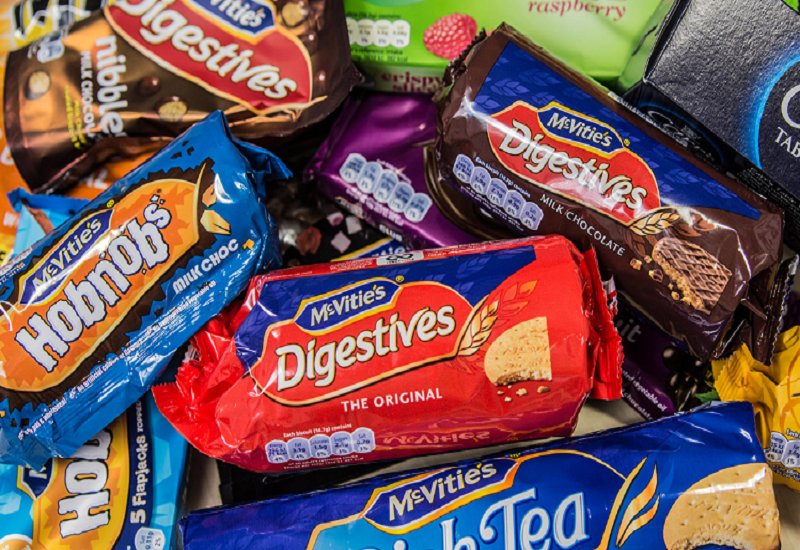 07
07Streamlining Biscuit Packaging with Multipack Biscuit Packaging Machines
25-08-2023 -
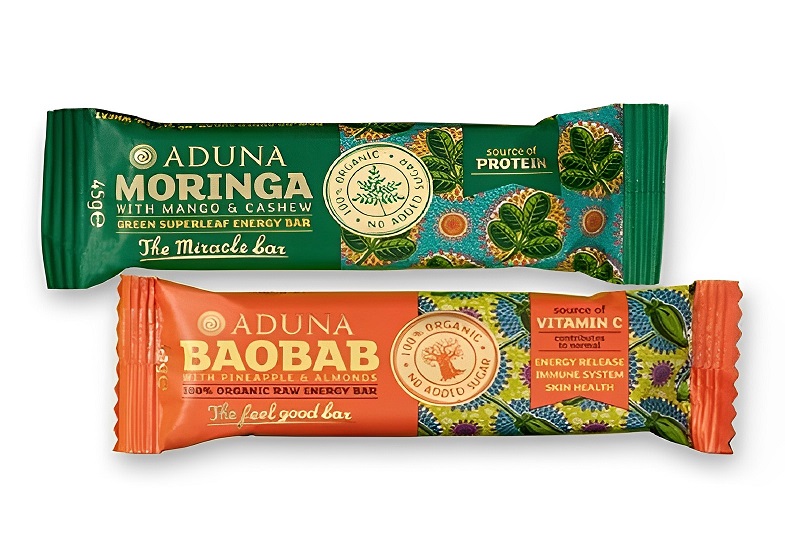 08
08From Assembly To Shipping: The Energy Bar Packaging Machine Does All
28-02-2023 -
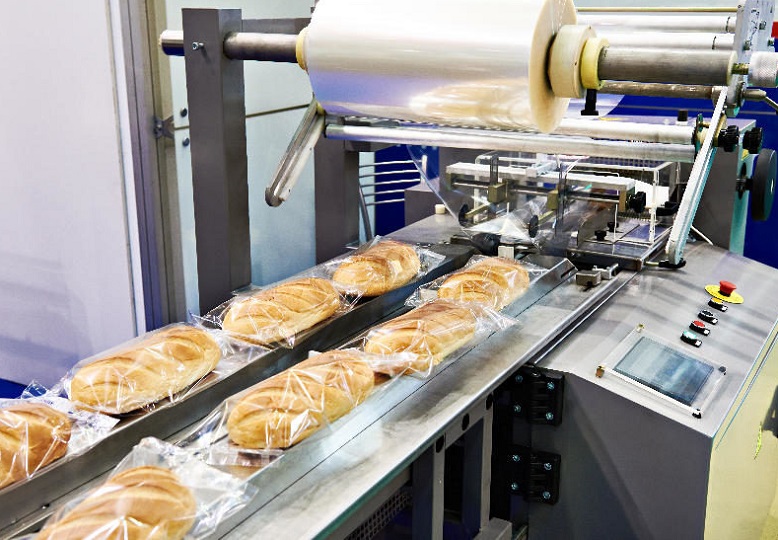 09
09Maximizing Efficiency With Food Packaging Machine Technology
22-02-2023 -
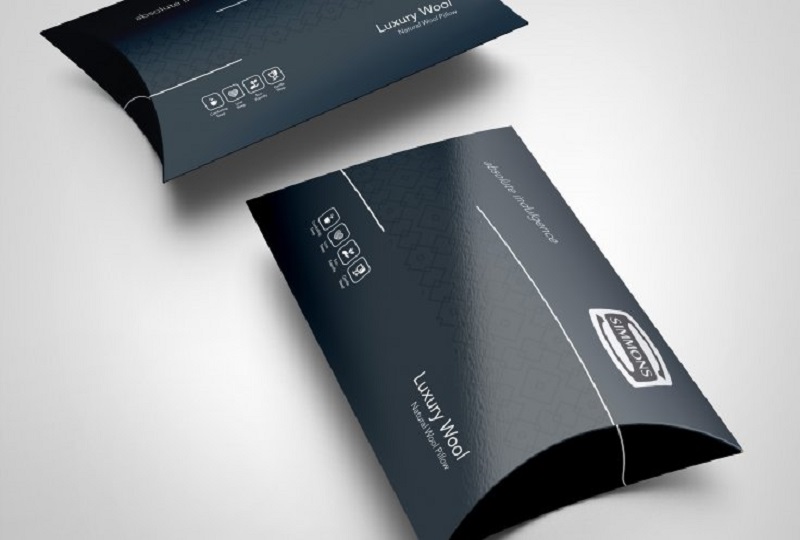 10
10Clients Hunt For Professional And Functional Packaging Machine
10-11-2022



